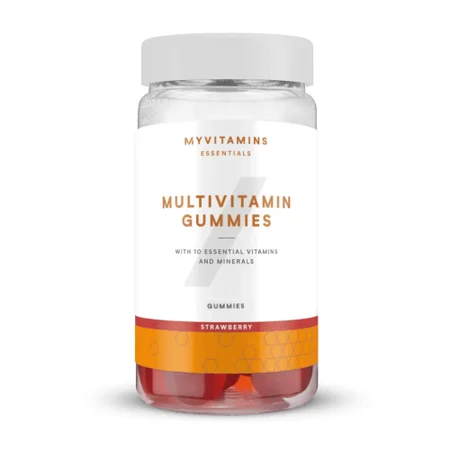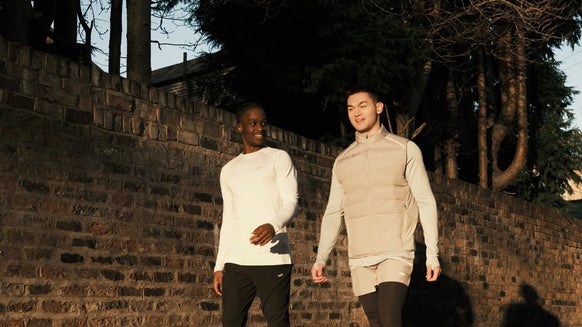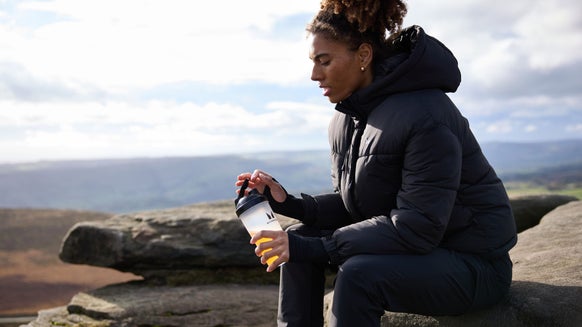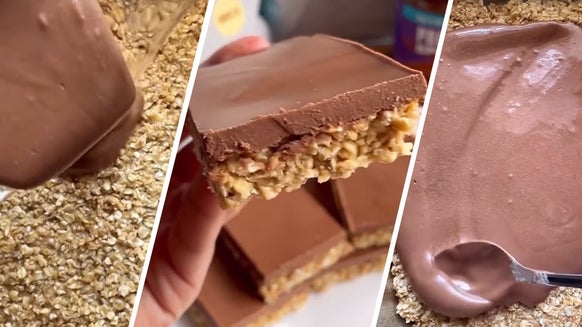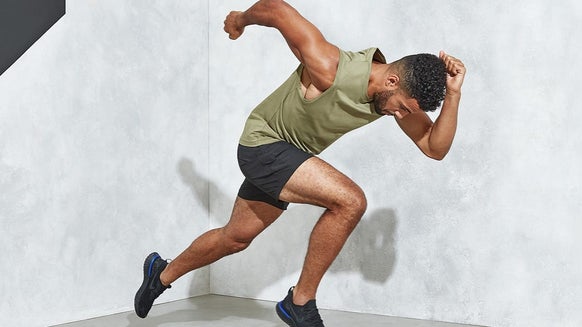How Long Do You You Need To Hold A Plank? | Everything You Need To Know About Planks
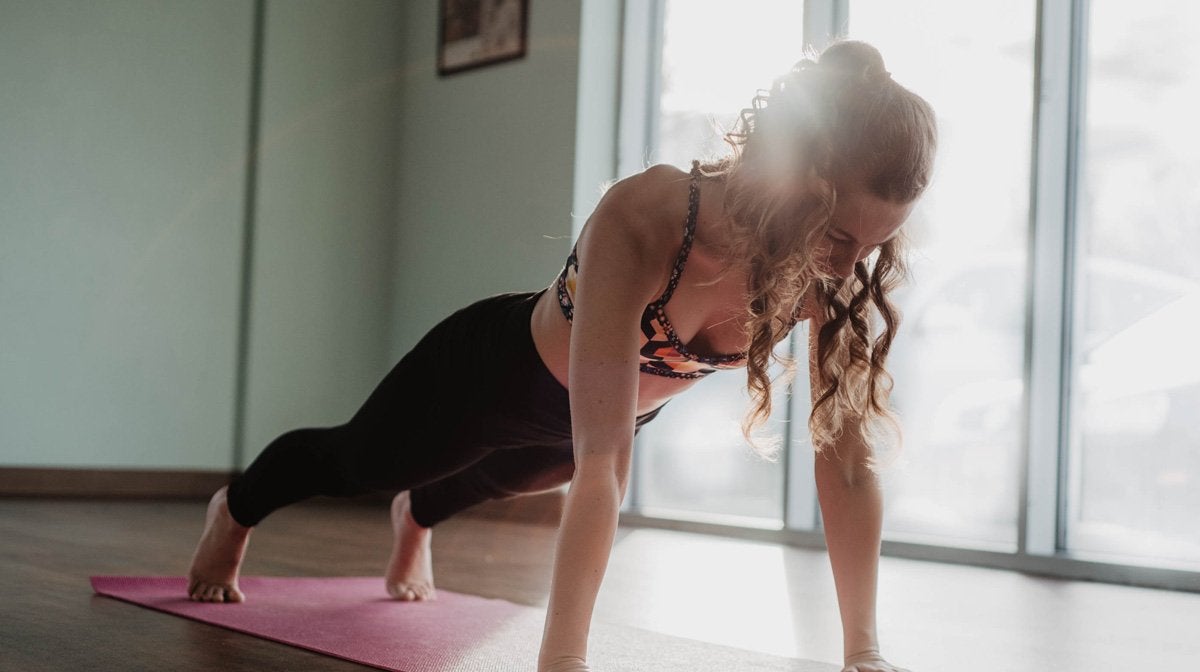
Planking is the perfect exercise for strengthening your core muscles, making you feel the burn all over. But its versatility and benefits are often overlooked, and there’s actually much more to it than you may realise. Here’s everything you need to know about planks.
Why is Core Strength Important?
The core is a group of muscles that hold your pelvis, lumbar spine and ribs together, enabling movement and stabilising the spine. A strong core can improve function and health, prevent lower back pain and keep your middle looking toned and tight.
Keeping your core tight also helps stabilise your body to lift heavier during exercises as varied as squats, pull-ups and lateral raises.
And the plank is as useful for beginners as it is for advanced gym-goers. There are loads of variations that can make it increasingly difficult, so you can still progress and overload your core.
Everything You Need to Know About Planks
If you're keen to give planking a go, make sure you've got something soft to put under your elbows or forearms. This could be anything from a mat, carpet, cushion, or even a coat.
A good starting point is to get on all fours, with your forearms and knees on the ground. Keep your hips up and in line with your shoulders and pull your belly button in towards your spine to create a brace position.
Don't worry if you start to wobble while doing the plank — this is a sign that your muscle fibres are starting to coordinate and will improve with practice.
If you can hold the position for over 30 seconds with ease, step it up a notch and try planks on your forearms and toes. Keep your hips tucked, body aligned, and try squeezing your glutes and quads for extra support.
For How Long Should You Hold a Plank?
If you want to test your endurance and core strength, the plank is an excellent exercise. Although the current world record for the plank is a staggering 9 hours 30 minutes and 1 second, for most people, holding the plank for just a few minutes is a great accomplishment.
Aim for at least two minutes to achieve an above-average score. If you can hold a plank for over six minutes, you're in an excellent category. And if you struggle to hold a plank for 30 seconds or less, you'll want to focus on improving your core strength.
To improve your plank time, practise two to three times a week. Begin with 20-second holds for two sets per workout, gradually increasing the time to one minute. Once you can hold the standard plank for two minutes per set, three sets per session, three times per week, it's time to start attempting more challenging plank variations.
Key Teaching Points:
Put your weight on your toes and your forearms Your elbows should be directly under your shoulders Your feet should be hip-width apart and legs straight - Tuck in your hips to keep your back flat
- Draw your shoulder blades back to keep your spine aligned
Tuck your chin and look at the floor
If you're finding it tough to keep your hips level, place a small ball on your lower back. If it stays put, you're straight.
When starting out, once a week is fine for this exercise. But for the best results, aim for two-three sessions a week. Start with 20 seconds per set and two sets per workout, gradually increasing the time to a minute. Then, you can try more challenging variations.
Planks are a great coordination exercise for your core, especially when you're working on other muscle groups. You can also add some accessory exercises to focus on different parts of your core.
Here's a sample core workout. Repeat it three times a week for four weeks before mixing things up:
| Exercise | Reps/time | Sets |
| Plank | 30 seconds | 3 |
| Back Extensions | 12 | 2 |
| V crunch | 12 | 2 |
| Russian Twists | 12 each side | 2 |
Types Of Planks
The sniper plank:
Get into the traditional plank position but this time widen your elbows and feet. Your hips will be lower to the floor, making it tougher to keep them up and your back straight. This will give your joints a workout and take your core activation to the next level.
Superman plank:
Start in the traditional plank position, then lift one arm and hold for three seconds. Then, lift one leg, and finally, lift the other arm and leg. To make it even harder, lift one arm and the opposite leg at the same time. Use the ball on your back to check you’re keeping straight.
Suspension trainer plank:
Lower the suspension trainer to ankle height and place your feet in the stirrups. Place your elbows on the floor and extend onto your hands in an extended plank. To make it even harder, walk your hands forward.
Stability ball plank:
Set up with feet on the floor and elbows on a stability ball. Keep your hips slightly higher for this one, but you can roll out the ball a bit to make it more challenging to stabilise and feel the pressure build.
Take Home Message
It's crucial to keep working on your core muscles to maintain a healthy back and improve your overall strength.
The plank is a top-notch exercise for toning your core. People often overlook it because it doesn't seem very exciting, but there's actually loads more to it than meets the eye.
Want more training advice?
READ THESE NEXT:
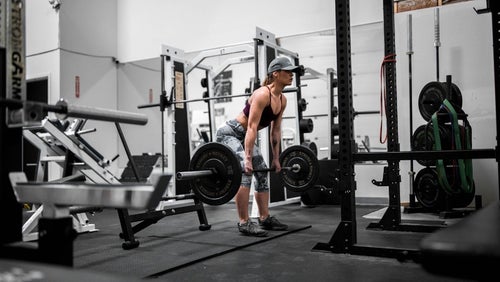
Weightlifting Playlist | Get In The Zone To Lift Heavy
A good playlist could be the spark you need...

Simon started his fitness journey from a young age, and was playing sport as soon as he could roll a ball. This pushed him to compete in a variety of sports from rugby to squash.
After completing an MSc in Strength & Conditioning, alongside a PT qualification, he gained an academic role at the University of Chester. From lecturing to research-based studies, his applied role caters to both team and individual sports.
